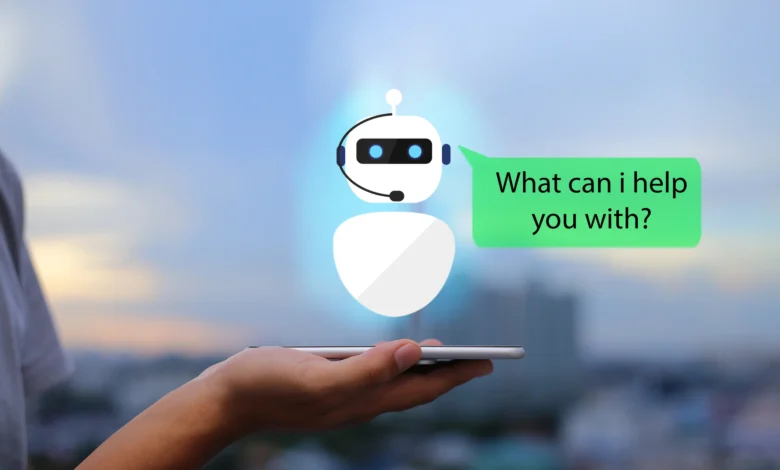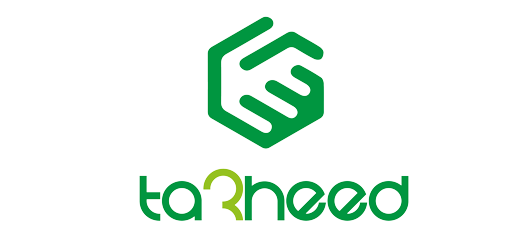From “Sorry, I Don’t Understand” to “How Can I Help You?” – Artificial Intelligence is Changing the Future of Customer Interaction

In a rapidly evolving world, the use of Chatbots has become a key part of company strategies to enhance customer experience.
With technological advancements, significant differences have emerged between rule-based traditional robots and AI-powered conversational robots (Conversational AI), completely transforming how companies interact with their customers.
Traditional Chatbots: Limited by Rules and Basic Task Performance
Traditional chatbots, also known as rule-based chatbots, are among the oldest systems used for customer interaction.
These chatbots rely on pre-set conversation paths, where responses are programmed based on specific keywords or phrases, according to sources like Voicespin.
For example, if a customer asks, “What are the working hours?”, the chatbot will automatically respond based on the programmed answer.
While they are useful for providing quick answers to simple questions, these chatbots lack the ability to handle more complex queries.
If a customer asks something outside the programmed knowledge, they may receive a generic response like, “Sorry, I don’t understand your request,” which can lead to frustration.
Key Limitations of Traditional Chatbots
- Limited Understanding: Traditional chatbots only process what they’ve been programmed to handle. If the question falls outside their predefined knowledge, the conversation stops.
- Lack of Personalization: These chatbots cannot remember past conversations or offer customized responses based on previous interactions.
- Frustrating User Experience: The inability to provide useful answers leads to a degraded user experience and increased dissatisfaction.
- No Learning Capability: Traditional chatbots do not learn from past interactions or evolve their performance over time.
- Scalability Issues: As businesses grow, traditional chatbots become difficult to manage, particularly when it comes to expanding the necessary programming rules.
AI-Powered Chatbots: Smarter and More Flexible Responses
On the other hand, AI-powered conversational chatbots possess advanced capabilities that allow them to understand the user’s intent, the content of the conversation, and even emotions.
These bots rely on technologies like Natural Language Processing (NLP), Natural Language Understanding (NLU), and Machine Learning (ML) to provide a natural and personalized conversation experience.
These chatbots can handle complex queries, analyze context, and deliver appropriate responses.
They also have the ability to learn from previous interactions, improving over time to ensure a better user experience.
Benefits of AI-Powered Conversational Chatbots
- Deeper Understanding: AI chatbots can analyze the user’s intent and context, making their responses more accurate and tailored.
- Personalization: Interactive chatbots can remember past conversations and offer solutions based on historical interactions.
- Natural Interaction: Using techniques like sentiment analysis, these chatbots offer a more human-like interaction.
- Continuous Improvement: AI chatbots learn and adapt over time, allowing them to improve their responses and handle changes in customer needs.
- Multilingual Support: Many of these chatbots can support multiple languages, making them usable globally.
Challenges Faced by Smart Chatbots
Despite their superiority over traditional chatbots, AI-powered bots still face some challenges, such as:
- Handling Complex Queries: Although they can learn and interact, AI chatbots still struggle with multi-purpose or complex questions.
- Reliance on High-Quality Data: The success of these chatbots depends heavily on the quality of data they are trained on. If the data is inaccurate or incomplete, the chatbot’s responses may be unreliable.







